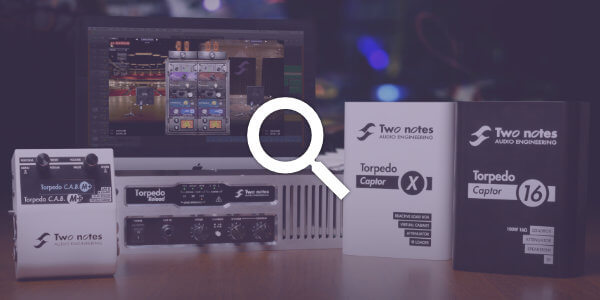-
×
 Subway 1x15
1 × 7.00€
Subway 1x15
1 × 7.00€
Carrying on from us showing how a chorus pedal works, it’s time to go to an effect that has seen somewhat of a renaissance in recent times, the Flanger.
The history of the Flanger is an often argued subject, with various people claiming they invented the effect. The most common versions of the origin of the effect are attributed to Les Paul and The Beatles. Atkins used two acetate disks, one with a variable speed control, and moved the speed of one. The first recorded example of this is “Mammy’s Boogie” in 1952, the first “hit” was “The Big Hurt” by Toni Fisher in 1959.
My favorite story comes from the studio genius of The Beatles, John Lennon was bored with physical act of double tracking in the Spring of 1966… Ken Townsend (legendary Abbey Road engineer) devised ADT (artificial double tracking) via a similar method. When Lennon asked George Martin to explain how it worked, Beatles historian Mark Lewishon claims that Martin responded with “Now listen, it’s very simple. We take the original image and we split it through a double vibrocated sploshing flange with double negative feedback.” As this was effectively a nonsense, Lennon though he was joking, so Martin said “Well, let’s flange it again and see”. From then on, Lennon wanted ADT on all his vocals, and would ask for “Ken’s Flanger”. The first song recorded with this effect by The Beatles was “Tomorrow Never Knows” (Revolver) on or around April 6th 1966. By the time the album was completed and released in August of ‘66, almost every song was subjected to “Ken’s Flanger”. The first instance of a stereo Flanger was credited to Eddie Kramer, on the Hendrix “Axis: Bold As Love” album, released in 1967.
How does it work?
After the signal is split, one is left alone and is always running. The other is subjected to an LFO (Low Frequency Oscillation) that moves the time of the delayed line – this is usually between 1 and 10ms. This is what provides the ‘movement’.
Rate / Speed: The speed of the LFO between the entire cycle of bottom / top / bottom
Depth / Width / Regen: The amount of detune applied.
Other parameters often included are “level” (doubling the lines can make it appear louder, so this is there to compensate) to control the output level and “Tone” which is basically an inverted LPF (low pass filter) that will roll the top end off.
Based on this, we recreated a basic stereo Flanger in a DAW to show how it works. Like the Chorus pedal, the original track is split, with one (or more) effected and then put back together again at output.
In the below example there are four distinct instances for you to listen out for (please listen via headphones, as your ‘phone speakers will not provide the clarity or separation). I’ve used a backing track from the epic “Us And Them” by Pink Floyd, as… well… David Gilmour… you know…
The video starts with the basic line (Helix Native providing a HiWatt amp preamp model, and Wall of Sound bringing in an EL34 SE power amp the George Lynch MegaWatt DynIR cabinet, with a ‘57 and ‘121 placed dead center in front). The other tracks are identical, with the audio files copypasta’d in.
- Start: One track, clean and uneffected (this is always heard).
- 11 seconds: The second channel is bought in – keep an eye on the “time” on the plug-in, you will see it move between 1ms and about 10ms.
- 25 seconds: The third channel is bought in, you’ll notice it’s panned hard right. Channel is shifted hard left and you get the stereo split. If you look, the “time” parameters on the plug-ins are moving to the same point, but on different LFO cycles to create a big “stereo” effect.
- 32 seconds: Channels 2 and 3 are phase inverted (the “Mixdown” plug in is activated) and it gives the impression of negative feedback, making it very hollow sounding with some almost overbearing swirliness.
- 40 seconds: The backing track fades in allowing you to hear the effect “in-situ”).
- 59 seconds: Both the effected tracks are muted, allowing you to hear the dry line only without the effect giving the comparison.





 Terms and Conditions apply
Terms and Conditions apply